Indoor plants do more than just brighten up your living space—they actively improve the air you breathe. Certain plants have the amazing ability to filter out toxins, increase humidity, and reduce airborne pollutants.
Bringing these 10 indoor plants into your home can create a fresher, healthier environment almost immediately. From snake plants to peace lilies, these natural air purifiers require minimal care while providing maximum benefits.
In this article, discover the best indoor plants to boost your home’s air quality instantly—and breathe easier every day.
Snake Plant
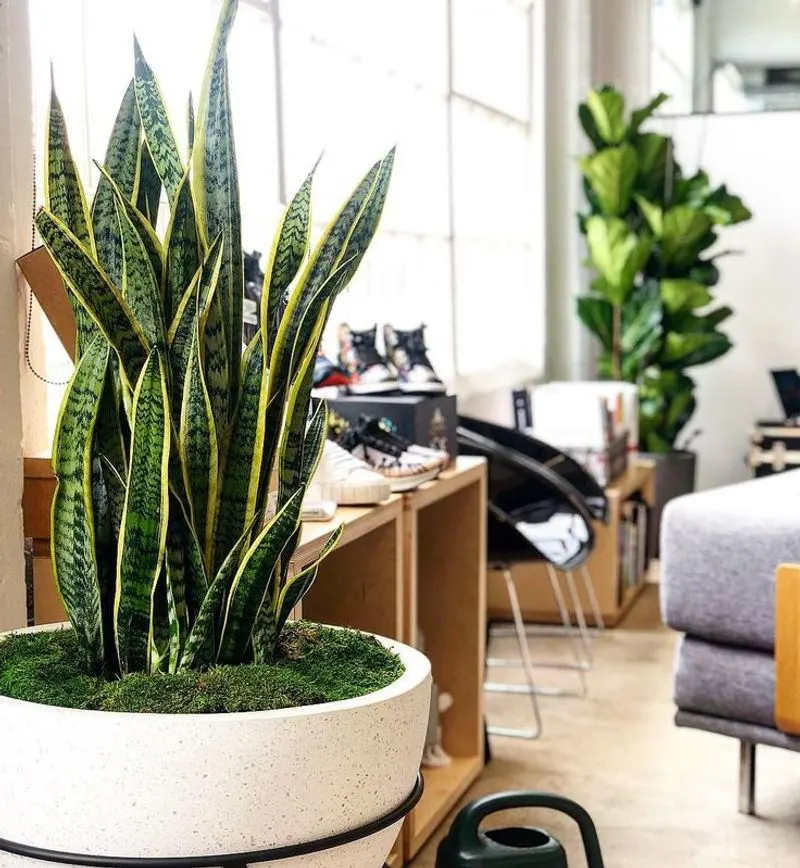
Imagine a plant that thrives in neglect; the Snake Plant is your go-to. Known for its sword-like leaves, it’s a resilient choice for any home. This plant is celebrated for its night-time oxygen production, making it ideal for bedrooms, where it contributes to a restful sleep.
Its ability to filter out formaldehyde and benzene makes it a powerful ally against indoor pollutants. Whether you have a green thumb or not, it’s an easy addition to your home. Fun fact: it’s also known as ‘Mother-in-Law’s Tongue’ due to its pointed leaves.
Aloe Vera
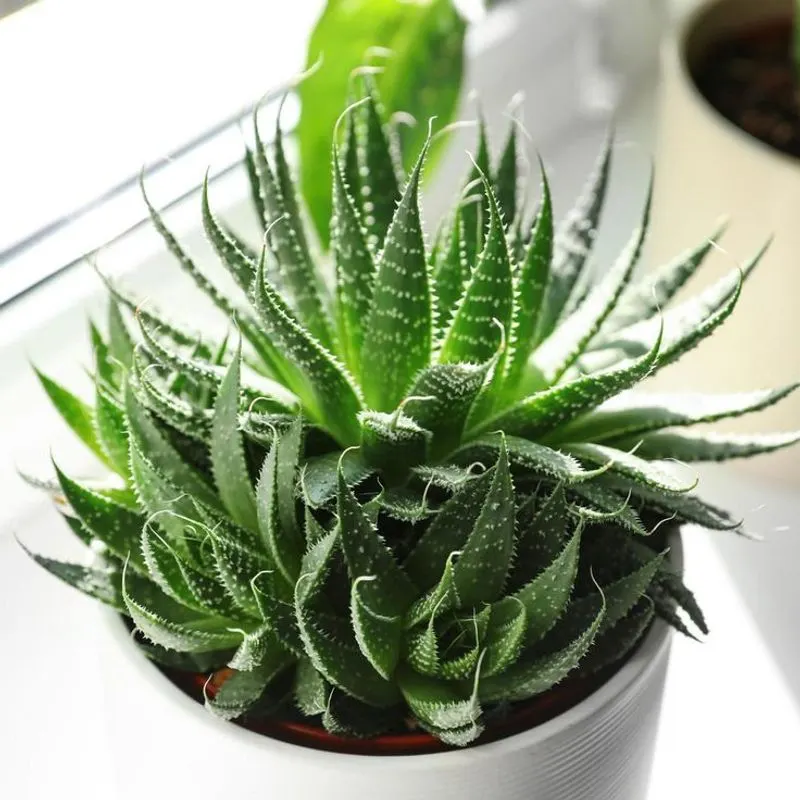
Known not just for its soothing gel, Aloe Vera is a powerhouse in air purification. Often associated with healing, this succulent also removes harmful chemicals like formaldehyde from the air, improving your home’s environment.
A sunny spot in the kitchen works wonders for this plant, as it thrives in bright light. Besides its purifying properties, Aloe Vera’s presence adds a touch of greenery to any windowsill. And here’s a quirky tidbit: ancient Egyptians dubbed it the ‘plant of immortality.’
Spider Plant
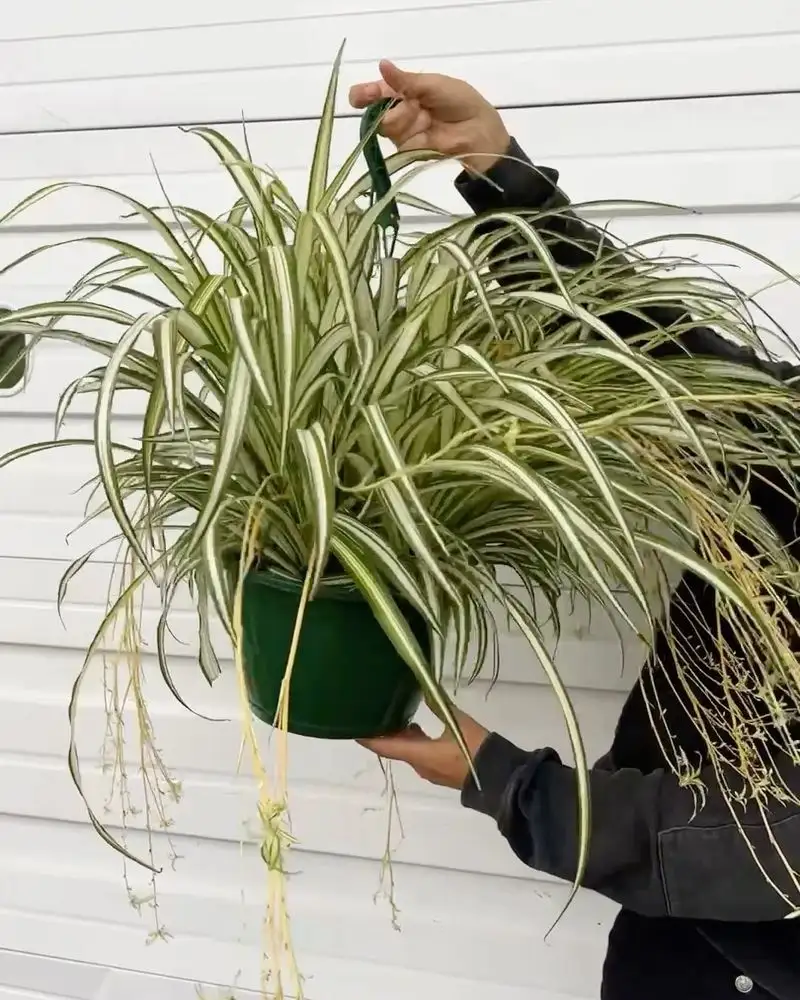
With its arching leaves and tiny plantlets, the Spider Plant is as visually appealing as it is functional. Perfect for hanging baskets, it can reduce indoor air pollutants like carbon monoxide and xylene.
Its vigorous growth and adaptability make it a favorite among plant enthusiasts. Even if you tend to forget about plant care, this one bounces back quickly. An interesting fact: it’s considered one of the easiest houseplants to propagate. Just snip a baby and plant it anew!
Peace Lily

The Peace Lily’s elegant white flowers bring a sense of calm, while its air-cleaning prowess makes it indispensable. It’s particularly adept at removing acetone, ammonia, and other toxins often found in household cleaners.
Aside from its detoxifying abilities, the Peace Lily thrives in low-light conditions, making it a versatile option for various rooms. A quirky note: in Feng Shui, it’s believed to foster harmony and balance in the home. Just a sprinkle of water keeps it happy!
Boston Fern

With its feathery fronds, the Boston Fern adds a lush touch to any interior. Known for its ability to remove formaldehyde and other pollutants, it’s an excellent choice for bathrooms or kitchens.
This fern loves humidity, so misting it regularly ensures vibrant growth. Its timeless beauty and air-purifying traits have kept it popular for decades. Did you know? The Boston Fern was a staple in Victorian-era homes, symbolizing sophistication and grace.
Bamboo Palm
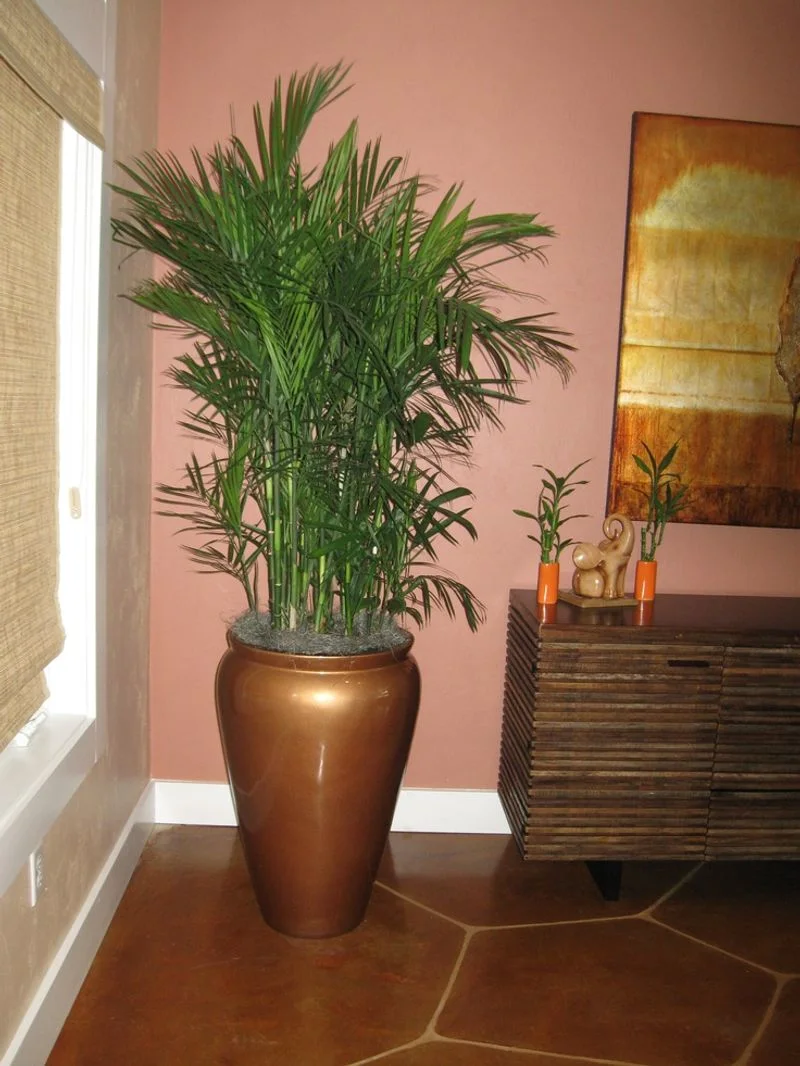
The Bamboo Palm stands tall with clusters of slender, feathered leaves that create a tropical vibe indoors. It’s effective in removing toxins such as formaldehyde and benzene, contributing to a healthier atmosphere.
Ideal for bright, indirect light, this palm also acts as a natural humidifier. With its graceful presence, it’s a stylish way to enhance air quality. Interestingly, NASA included the Bamboo Palm in its famous Clean Air Study, highlighting its air-purifying capabilities.
Rubber Plant
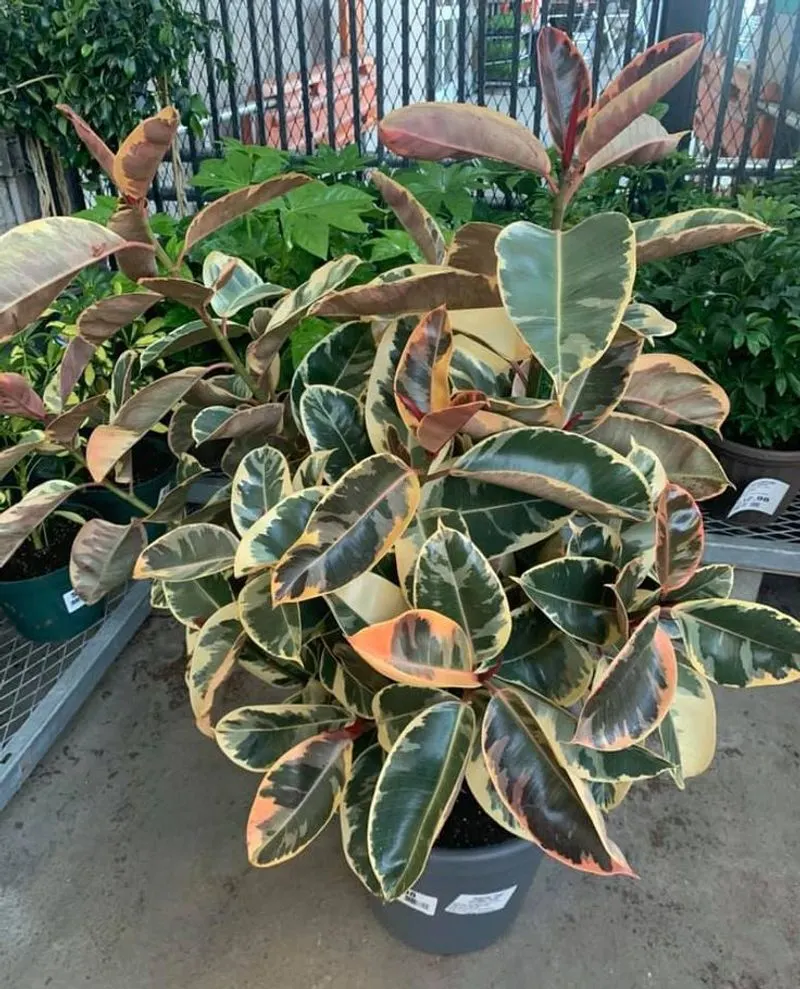
The Rubber Plant, with its glossy leaves, makes a bold statement while purifying indoor air. It’s particularly efficient at removing toxins like formaldehyde, making it a healthy addition to workspaces.
This plant thrives in bright light but can adapt to lower conditions, adding versatility to its care routine. Its ability to grow tall makes it appealing for filling empty corners. Did you know? The plant’s latex was historically used to make rubber products, hence its name.
English Ivy
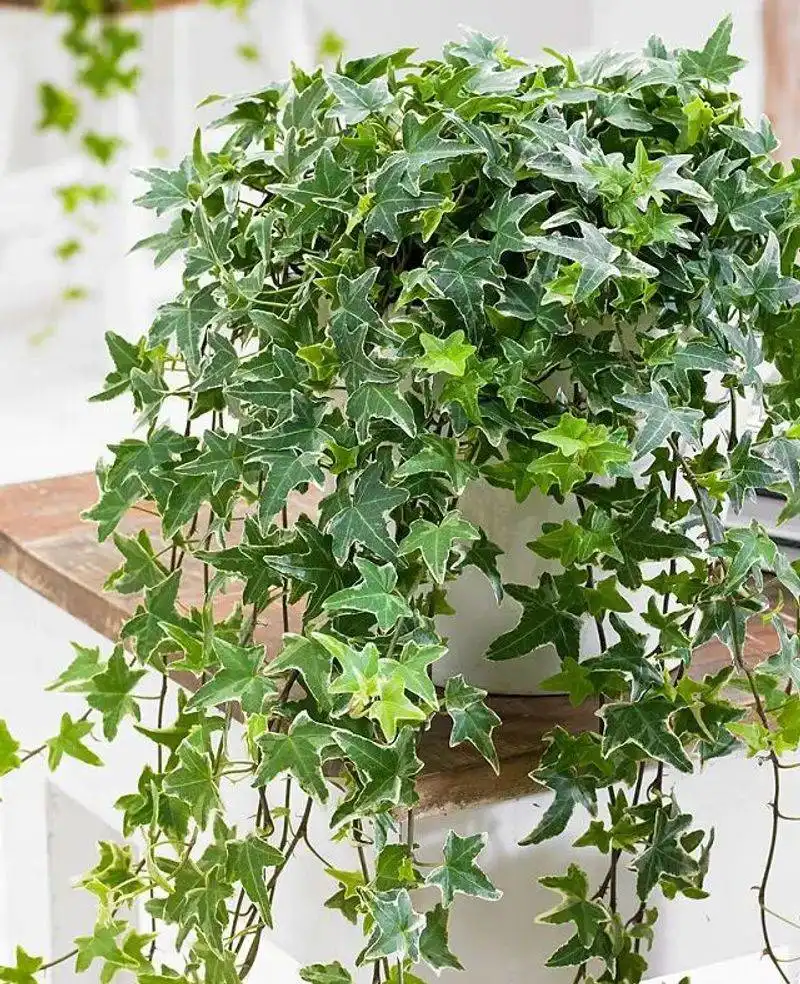
English Ivy’s cascading vines are perfect for adding a touch of elegance while purifying your environment. It’s known to combat mold allergens, which can be particularly beneficial for allergy sufferers.
Place it in a spot with bright, indirect light, and watch it thrive. Its climbing nature allows for creative displays, whether on a bookshelf or in a hanging planter. A quirky note: it’s often associated with academic institutions, symbolizing knowledge and growth.
Lady Palm

The Lady Palm’s graceful, fan-like leaves provide an exotic flair to interiors. Known for its ability to filter out ammonia and other toxins, it’s a practical choice for improving indoor air.
Its preference for indirect light makes it adaptable to many home settings. With minimal upkeep, it grows beautifully, adding a touch of elegance. Fun fact: in Asia, it’s often used in traditional medicine, believed to have healing properties.
Golden Pothos

Golden Pothos, with its heart-shaped leaves, is a delightful addition to any room. Its resilience makes it a top choice for beginners, as it tolerates a range of conditions while removing toxins like formaldehyde.
Hang it or let it trail along shelves for a vibrant display. Its rapid growth ensures a lively atmosphere, and it’s easy to propagate for sharing with friends. An anecdote: it’s often referred to as ‘Devil’s Ivy’ because it maintains its green hue even in low-light.

